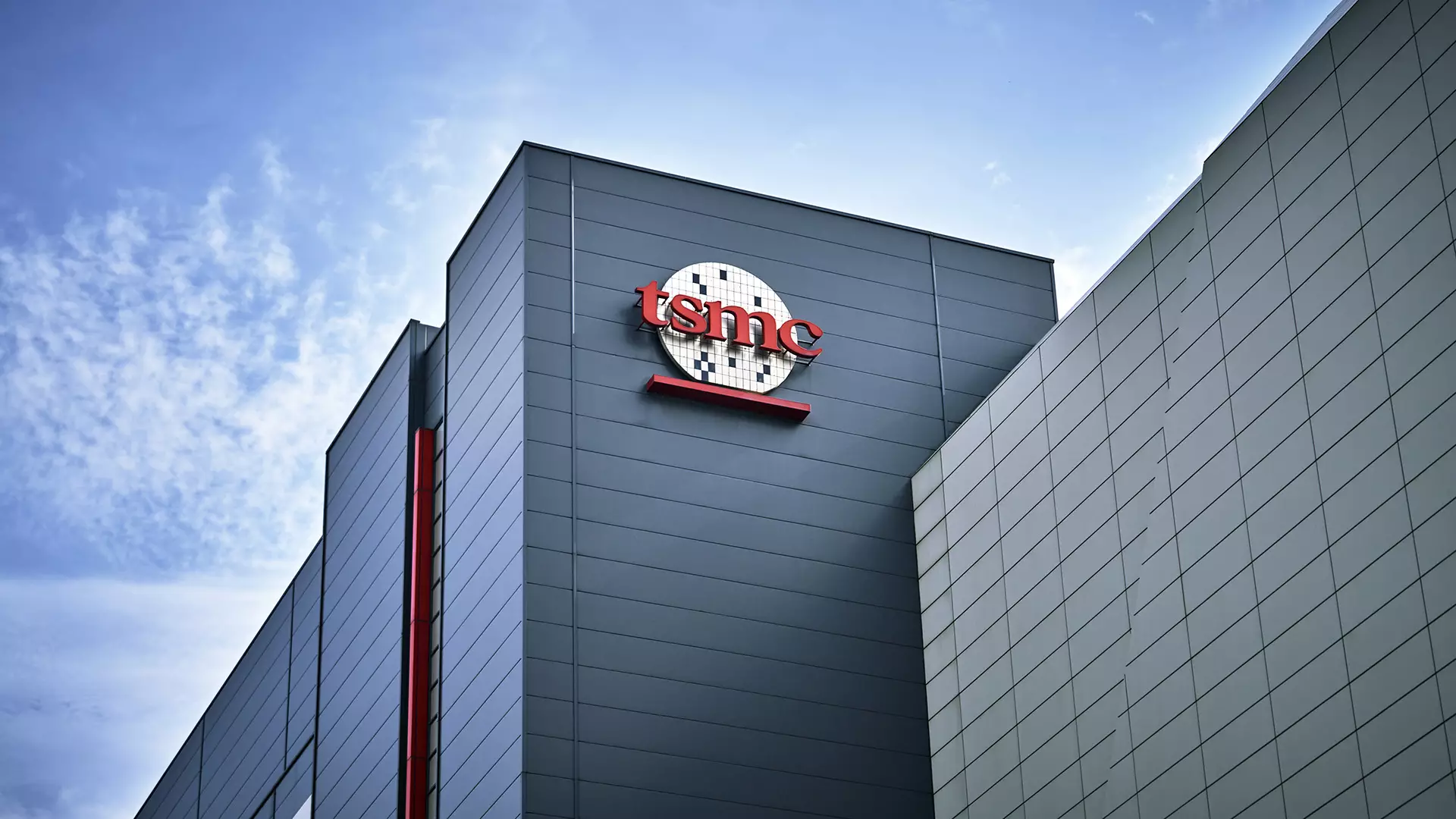The semiconductor manufacturing sector stands at the core of modern technological progress, driving advancements in computing, communications, and consumer electronics. At its very foundation lies a fiercely guarded treasure—intellectual property (IP). Companies like TSMC are not just fabricators of chips; they are custodians of groundbreaking process technologies that define industry standards and global competitiveness. When such a company’s secrets are threatened, the ramifications ripple far beyond its walls, affecting entire economies and geopolitical balances.
The recent incident involving TSMC exemplifies how fragile this delicate ecosystem truly is. The company’s arrest of employees suspected of stealing advanced process node data underscores a stark reality: in this industry, IP theft isn’t just a crime; it’s an assault on national security and economic leadership. Given that TSMC commands nearly 70% of the global foundry market and is a vital economic pillar for Taiwan—contributing approximately 8% to its GDP—the stakes are exponentially higher than a simple breach of corporate confidentiality.
The Gravity of State and Market Implications
The Taiwanese authorities’ swift action, including arrests under the National Security Act, highlights the severity with which governments now view IP theft, especially in sectors that hold strategic importance. The potential for foreign entities or clandestine actors to siphon off sensitive technology could alter the competitive landscape, accelerating rivalries and intensifying geopolitical tensions. In this instance, individuals within TSMC are suspected of accessing and possibly intending to exploit proprietary data related to the upcoming N2 node—a process expected to offer significant improvements in power efficiency and SRAM density.
This event starkly reveals how intertwined corporate interests are with national security. The measures taken underscore a broader recognition: the transfer or theft of cutting-edge technology in semiconductors is not merely a commercial threat but a matter of sovereignty. The severity of penalties—up to 12 years imprisonment and hefty fines—serves as a warning to others, emphasizing that innovation security cannot be compromised without repercussions.
The Risks of IP Theft and Its Broader Impact
The motivation behind such thefts is multifaceted. Among insiders, motives can range from financial gain to coercion by foreign governments seeking to establish technological parity or superiority. The value of even minor insights into advanced process nodes like N2 is colossal; such knowledge can dramatically shorten research timelines, give competitors a head start, and disrupt market dynamics.
This vulnerability is compounded by the inherently high stakes of semiconductor design—tiny modifications at the transistor level can unlock substantial gains in power efficiency, density, and overall performance. Companies like AMD, Nvidia, Apple, and Intel, all relying on TSMC’s technology for their latest products, are exposed to significant risks should their supply chains or technological advancements become compromised.
Moreover, as firms push toward smaller and more efficient process nodes, the temptation for espionage escalates. The economic implications are profound: faster product launches, increased market share, and the potential for geopolitical advantage. This high-risk environment demands a robust security infrastructure and unwavering vigilance, especially considering the global competition for semiconductor dominance.
The Unseen Battle for Industry Secrets
Behind the scenes, the so-called “tech arms race” is often fought through legal battles, geopolitical maneuvering, and, regrettably, espionage. Companies invest billions into R&D, while individuals within these corporations may be coerced or tempted to sell proprietary secrets. The case of TSMC illustrates how internal vulnerabilities can threaten entire industries, especially when the technological breakthroughs in question can alter the competitive landscape dramatically.
This scenario also emphasizes an urgent need for industry-wide cooperation in security practices. Amidst a landscape where innovation cycles are accelerating, companies must reinforce their defenses—not only through technical safeguards but also through cultivating a culture of integrity and accountability. Protecting intellectual property in such a strategic sector isn’t just good business; it’s vital for national and global stability.
In this climate, the significance of robust legal frameworks, international cooperation, and advanced cybersecurity measures has never been more apparent. The ongoing struggle to preserve the confidentiality of technological advancements will determine which nations and corporations lead the next era of innovation—and which fall behind in the shadows of espionage.

